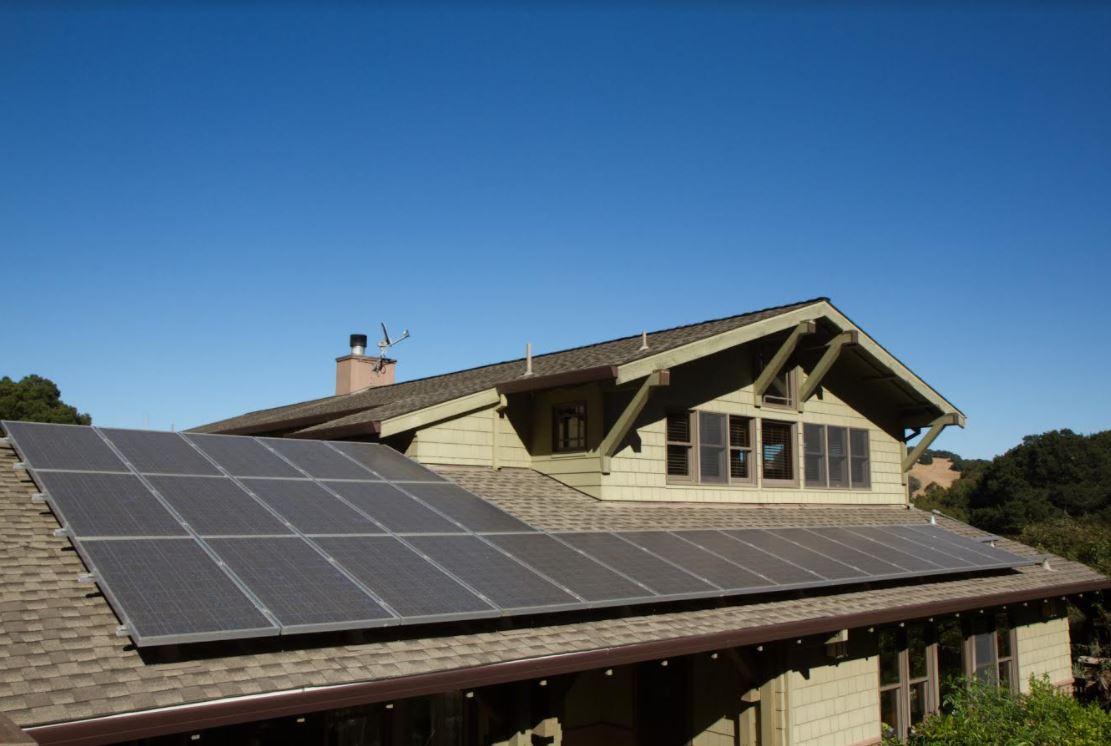There are many amazing reasons to switch to using solar panels to power your home or business. But one of the best reasons is that the return on investment is extremely high.
Let’s breakdown the return on investment for solar panels so you can feel confident about making the switch.
Table of Contents
How to Calculate the Return on Investment for Solar Panels
An accurate solar panel ROI calculator divides the cost of your solar panel system by the annual savings.
The cost of solar panel installation and the long-term savings vary depending on where you live, but no matter what, it’s always enough to make switching to solar energy extremely worthwhile:
Calculating the Cost
Other factors that impact the costs are the incentives that your state government offers, the solar panel installation company you hire, and the type of system you need.
To determine how much investing in solar panels will cost in your area, request quotes from multiple solar panel installation companies. Expect to see prices from $12,500 to $20,000. Keep in mind that the quotes should cover the price of the solar panels, batteries, an inverter, and installation.
Next, see if your state offers incentives for investing in solar. If they do, that could help cover a significant portion of your upfront costs. You should also factor in the federal investment tax credit, which allows you to deduct 26% of your expenses from your taxes.
Calculating the Annual Savings
Once you know the total cost of your solar panel installation after all the incentives and tax credits, you can calculate the annual benefits to figure out your return on investment.
To figure out the amount you’ll save, consider what you currently pay for your electricity. Since solar energy can reduce or eliminate your bill, you can include 12 months of electricity into your annual savings amount.
You can also add any extra state incentives to your annual benefits. Some states offer solar renewable energy certificates that give you credits for the amount of energy your solar panels generate.
Once you add up the amount of your annual benefit, divide your upfront costs by that number. The result will tell you how many years it will take to break even on your solar panels. After that, everything else you save is a profit gain!
Keep in mind that solar panels are meant to last for at least 25 years, so if it takes you seven years to break even, you will have 18 years of profit gains.
Another way to determine your solar panel ROI is to consider how much your home will appreciate with solar panels. To accurately determine the value that solar panels add to your home, it’s a good idea to hire a solar appraisal specialist.
The Value of Solar Panels
The return on investment for solar panels is significant. When you factor in all of the federal and state incentives, the long life of solar panels, the annual savings, and the value they add to your home, switching to solar energy is an easy choice.
Not only will you quickly break even on your investment, but you’ll enjoy years of saving money thanks to your solar panels.
For more real estate and home resources, check out the rest of our blog.

